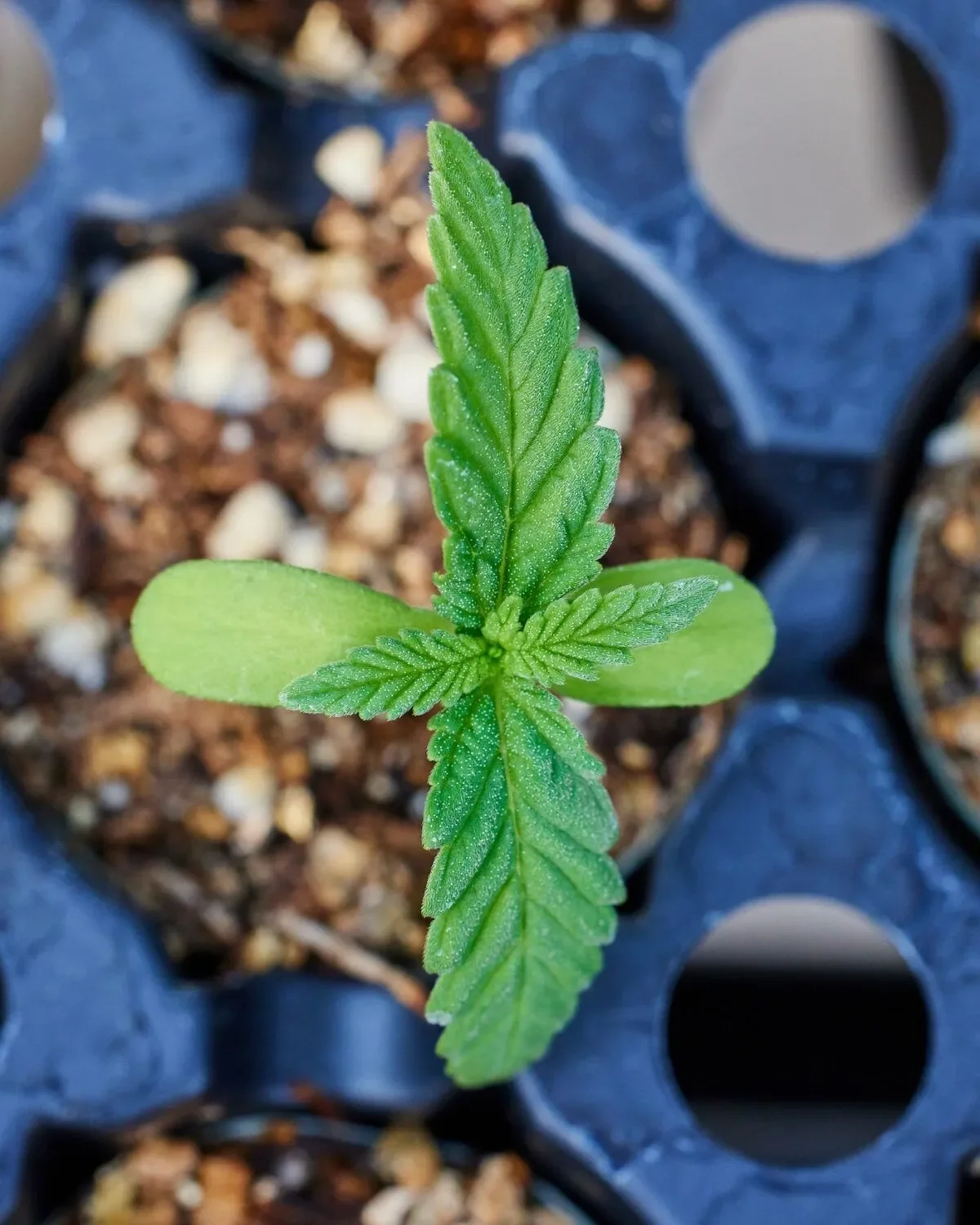Everybody who’s tried marijuana is familiar with the fact that it is one of the more pungent plants out there. So what causes this? Why does cannabis smell the way it does and why is there such a variety to these smells? The answer: Terpenes.
Terpenes are essential oils, found throughout nature in just about everything worth a smell. From sage and lavender to oranges, mangos, and hops, terpenes are found in just about everything with odor, including Cannabis.
Terpenes are more than just smell, however. Independent studies have revealed that there may be some therapeutic value to the molecules when either ingested or inhaled. Think about this: how do you feel when you take a smell of fresh lavender? Generally, the pleasant smell leaves you feeling very relaxed, an excellent de-stressor. Another example: What happens when you bite into a lemon? Odds are the sour taste and smell will leave you awakened and invigorated. Well, there are terpenes associated with these feelings: Linalool in Lavender and Limonene in Lemons. And both of these terpenes, along with many others, are found in cannabis.
This week we explore two unique terpenes: Pinene and Humulene.
Pinene
Pinene, like its terpene cousins myrcene and limonene, is found in many non-cannabis plants. In fact, it is the most common terpene found in the plant world. Like the name suggests, Pinene carries the scent of pine needles.
Pinene’s potential medical benefits include increased mental focus and energy. It also carries the potential to act as a bronchodilator, making it helpful for people with asthma and other respiratory ailments. Some studies have even cited its power to help reduce the size of cancerous tumors.
These traits are derived from its ability to cross the blood-brain barrier. Once in the brain, it could affect existing neurotransmitters in such a manner that it results in better memory. Pinene has also shown to inhibit the influence of THC.
The power of pinene is nothing new. For thousands of years many cultures around the world have used plants containing large quantities of pinene, like rosemary and sage, for the preservation and enhancement of memory. It’s only today that researchers have a minor understanding of how pinene accomplishes this in the brain.
Humulene
Humulene, found in clove, basil, hops, and cannabis sativa, bares an earthy and woody aroma with spicy herbal notes. Humulene is one of the components of the essential oil from the flowering cone of the hops plant and gives the common beer its hoppy taste. Did you ever think your beer and cannabis would have some of the same molecular components?
As for potential medical benefits, Humulene was observed to have potentially powerful analgesic, anti-bacterial and anti-tumor properties. These traits themselves could be accredited to the entourage effect of cannabis, as these properties are found in many other different terpenes, anti-inflammatory and pain relief traits in particular. However, the standout trait of Humulene is its potential as a natural appetite suppressant. This can be an ideal trait in cannabis for users who do not want to be subjected to a munchie attack, a common side effect of cannabis use.
The aroma of a certain strain of cannabis can be very telling, and learning the traits of terpenes can help you make decisions on what strain you take home with you. Remember, higher-quality, responsibly and organically grown marijuana will have the highest yield on terpenes and cannabinoids, so keep this in mind next time you look for a natural remedy to whatever it is that ails you.
Sources:
https://www.massroots.com/learn/pinene-cannabis
http://www.sciencedirect.com/science/article/pii/S0014299907005419
http://theleafonline.com/c/science/2014/11/terpene-profile-humulene/







